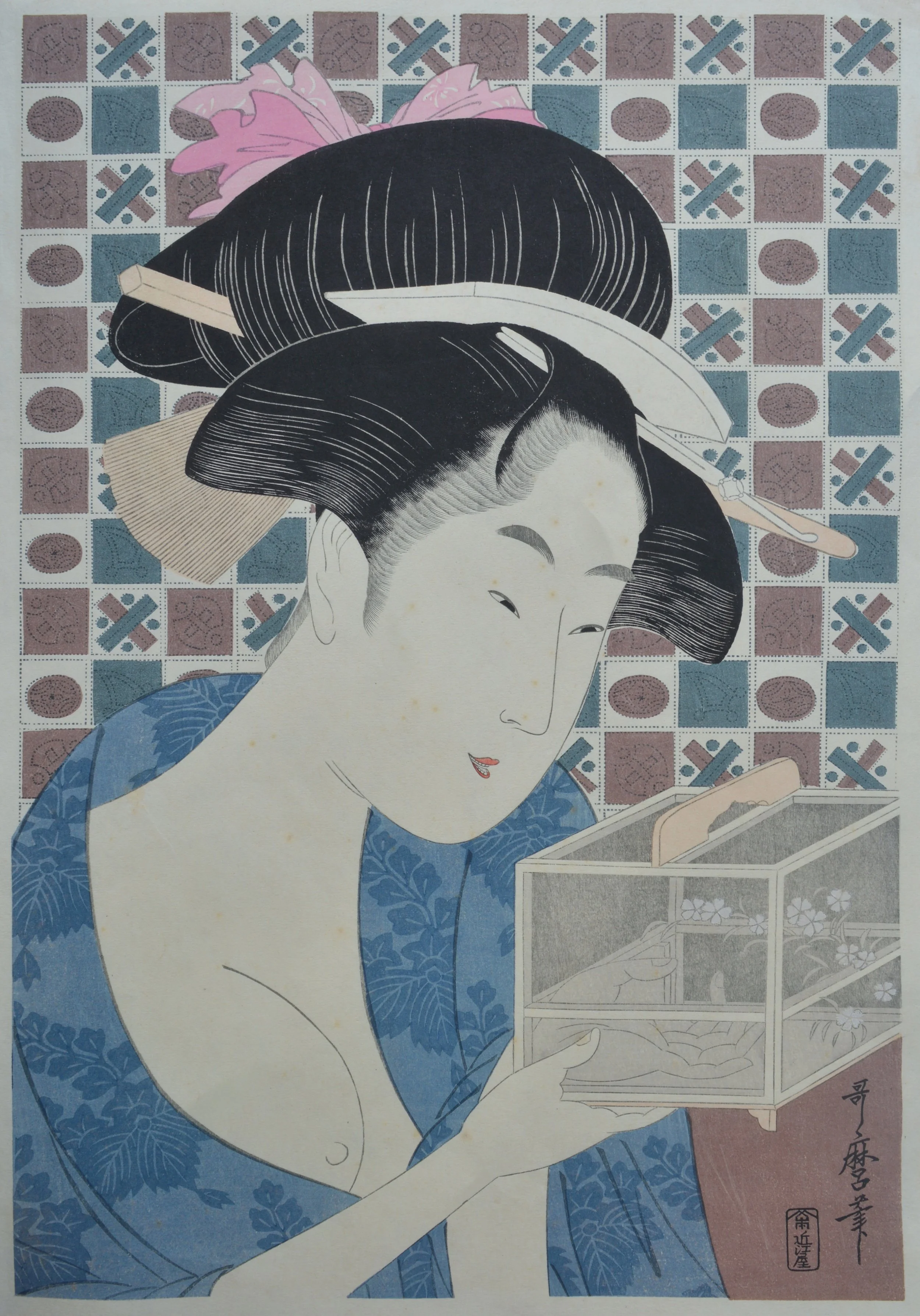Gallery
This gallery highlights some of the conservation projects, highlighting the difference careful treatment can make. The before-and-after images illustrate our focus on stabilising artworks and ensuring their longevity, while respecting each piece’s integrity and breathing life back into the original work.
-
Oil on board, c. 1850
Painted around 1850, this domestic portrait of Margaret MacMillian with her young son, John Tillotson, had become obscured beneath a thick, discoloured varnish and ingrained dirt. Grime had settled into the recesses of the impasto across the flesh tones, lace collar, and ribbon at the mother’s wrist, creating dark lines that distorted the tonal range and dulled the surface. Fly-spotting and minor paint losses were visible throughout.
Treatment involved the careful reduction of the degraded varnish and targeted cleaning to release dirt trapped within the impasto. Fragile paint was consolidated, and areas of loss were infilled and reintegrated. The process restored clarity to the facial features, brightness to the costume, and vibrancy back into the reds, recovering the painting’s original balance of tone and texture.
-
Ink on paper, c. 1920s
This early 20th-century Japanese reproduction of a design by Kitagawa Utamaro, displayed surface discolouration and foxing which dulled the delicacyy of the image. Localised spot cleaning and stain reduction were undertaken in a minimally invasive manner, reducing distracting marks while preserving the paper’s character. The treatment restored clarity to the linework and colour, allowing the subject’s refinement to re-emerge.


-
Oil on Canvas, c. early 19th-century
At first glance this provincial scene appeared simply dulled by time, but treatment revealed just how much had been concealed beneath the surface. Thick, discoloured varnish and poorly matched overpaint obscured earlier damage, while crude infills distorted the artist’s palette and balance. As these additions were removed, the extent of the previous interventions became clear: large areas of loss, now visible as pale pink conservation fills, stretched across the sky and foreground.
This mid-treatment stage has been documented to show the painting as it emerges from beneath years of alteration. At this point the surface appears temporarily duller, as no varnish has yet been applied — a normal stage in conservation. Once inpainting is complete and a protective varnish reinstated, tonal depth and vibrancy will return, restoring unity to a work that had long concealed extensive and disruptive past repairs.
-
Oil on cotton canvas, c. mid-20th-century
This decorative panel had sustained several large tears and distortions. The canvas was realigned, and tears were repaired using a heat-set adhesive before the work was relined for structural stability. Areas of paint loss were then filled and carefully inpainted, restoring unity to the composition while preserving traces of age and use.
-
Polymer-based paint & gilding on wall, c. 1960s
Conservation treatment undertaken as part of a large-scale project to restore the interior wall paintings of a Greek Orthodox Church in South-East Melbourne, which had been impacted by arson. Treatment involved the careful wet cleaning of smoke and grime that had become embedded in the paint surface, stabilisation of fragile paint passages, and consolidation of flaking gilding.
-
Oil on canvas, c. late 19th - early 20th-century
This painting was structurally sound but obscured by a layer of surface grime, particularly within the recesses of the impasto. A combination of wet and dry cleaning methods were used to lift accumulated dirt while preserving the original paint layers. The treatment restored vibrancy to the colours and clarity to the brushwork, bringing back the painter’s intended luminosity.
Images of conservation work © Hidden Hands Workshop. Original Artworks remain copyright of their owners.














